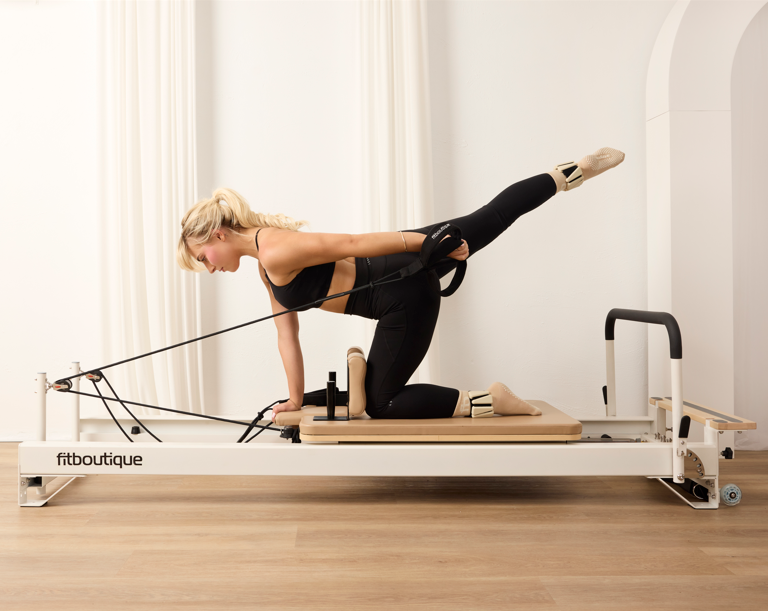
Reformer or Mat Pilates: What Should Your Studio Offer?
When setting up a Pilates studio, one big decision is whether to focus on Reformer Pilates or Mat Pilates. Both have unique strengths. Both attract different types of clients. But the choice impacts your studio’s identity, costs, and long-term growth.
Here’s a breakdown of the pros and cons so you can make an informed decision for your business.
Reformer Pilates: Strength and Versatility
The Reformer Machine has become a staple in modern Pilates studios. It offers resistance-based training that adapts to all levels, from beginners to athletes.
Pros of Reformer Pilates
-
Wide client appeal – Clients love the variety, progression, and challenge.
-
Faster results – Resistance and support mean improved strength, flexibility, and core stability.
-
Premium experience – Studios with Reformers create a sense of exclusivity and luxury.
-
Injury-friendly – Adjustable springs provide safe modifications, making it ideal for rehab and prevention.
Cons of Reformer Pilates
-
Higher investment – Quality Reformers cost more upfront.
-
Space required – A room of machines takes more square footage.
-
Smaller class sizes – You’re limited by the number of Reformers available.
Example: FitBoutique’s Ivory Fold Reformer solves part of the space issue with its foldable design. This gives small studios flexibility without losing quality.

Mat Pilates: Accessible and Cost-Effective
Mat Pilates strips things back to basics. With just a mat, you can run a class anywhere. It focuses on bodyweight strength, mobility, and core stability.
Pros of Mat Pilates
-
Low startup costs – All you need are mats and maybe some props like bands or balls.
-
Scalable class sizes – Teach larger groups in studios, gyms, or even outdoor spaces.
-
Accessible entry point – Great for beginners or those intimidated by equipment.
-
Flexibility – Easy to run workshops, events, and corporate sessions.
Cons of Mat Pilates
-
Perception of being “basic” – Some clients may see it as less challenging.
-
Limited progression – Without equipment, there are fewer resistance options.
-
Less premium feel – Harder to stand out in a competitive market with only mat-based offerings.
Which Should Your Studio Choose?
-
If you want to position your studio as premium, boutique, and results-driven, investing in Reformer Machines is the smarter choice.
-
If you’re aiming for scale, accessibility, and community outreach, Mat Pilates will give you more flexibility.
-
Many successful studios offer both, starting with Mat classes, then layering in Reformers as demand and space grow.

Final Thoughts
The best choice depends on your vision. If your studio is about delivering a luxury, transformative fitness experience, Reformer Pilates will set you apart.
At FitBoutique, we specialise in premium Reformer Machines designed for both studios and home users. From the foldable Onyx Reformer to the sleek Ivory Reformer, our equipment is built for stability, comfort, and performance.
Ready to elevate your studio? Explore our range of Reformers here or reach out through our contact page.
Reformer Pilates Range
Frequently Asked Questions
How much space do I need for a reformer bed?
Space Requirements for Your Reformer
A FitBoutique reformer requires approximately 245cm x 68cm (2.45m x 0.65m) of floor space. Here's what this means for your space planning:
For Home Users
Length: 245cm (8.04 feet)
Width: 68cm (2.13 feet)
Recommended clearance: Add at least 30cm on each side and end for comfortable access
Total recommended space: 305cm x 125cm (3.05m x 1.25m)
For the Onyx Fold model specifically:
Same footprint when in use (245cm x 65cm)
When folded: Takes up significantly less floor space in vertical storage
Ceiling height consideration: Ensure adequate height for vertical storage
What's the difference between commercial and home reformers?
While both offer similar exercise capabilities, commercial reformers typically feature heavier-duty construction, enhanced weight capacity, and more extensive warranty coverage. However, premium home models like the Onyx series bridge this gap with commercial-grade components.
How often should I maintain my reformer?
Regular maintenance includes weekly cleaning, monthly hardware checks, and quarterly deep cleaning of tracks and wheels. Premium reformers come with detailed maintenance guides to ensure optimal performance and longevity.

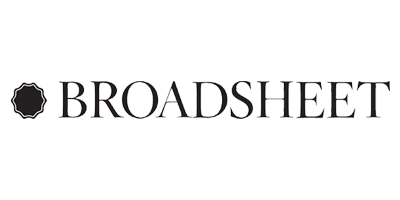











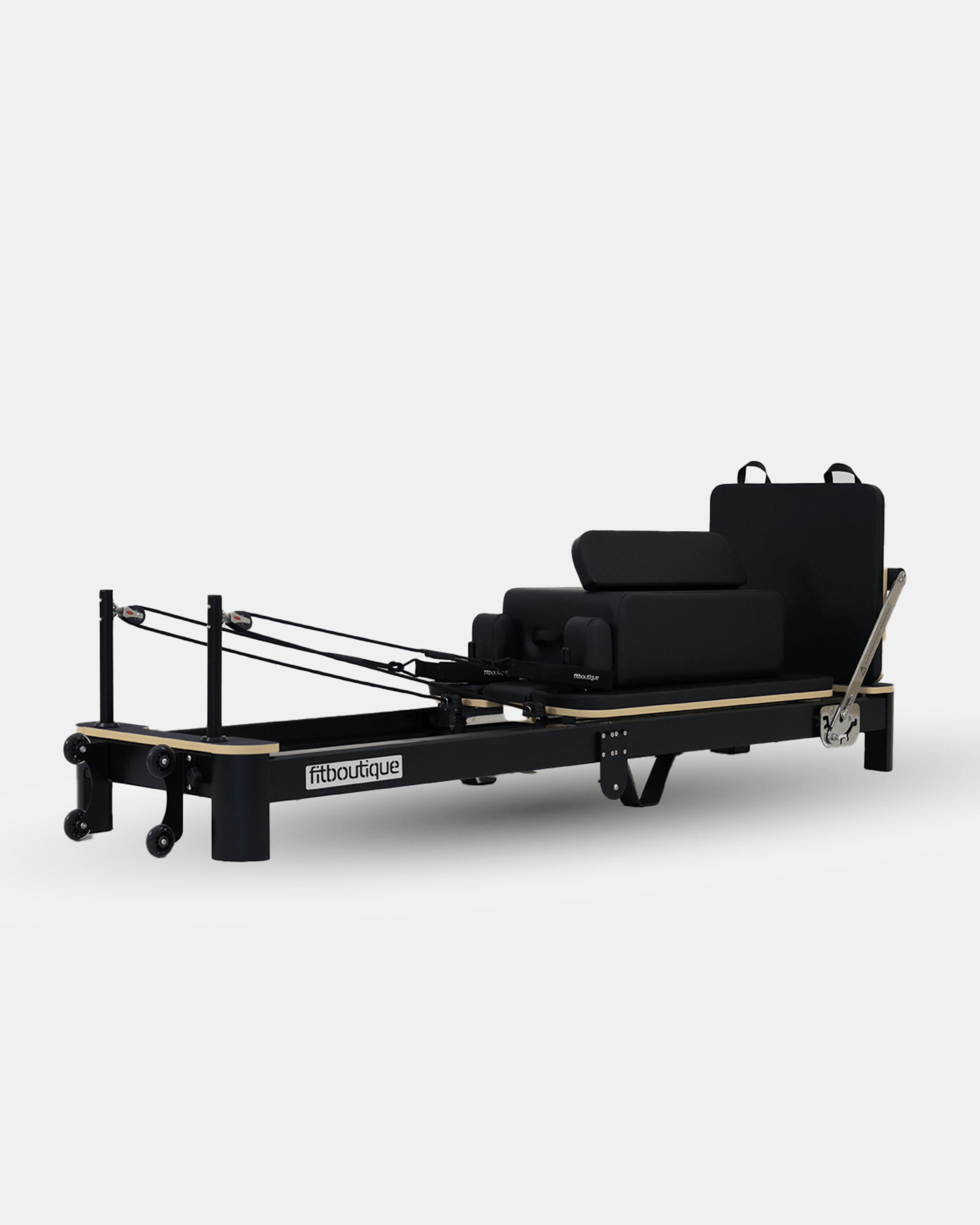
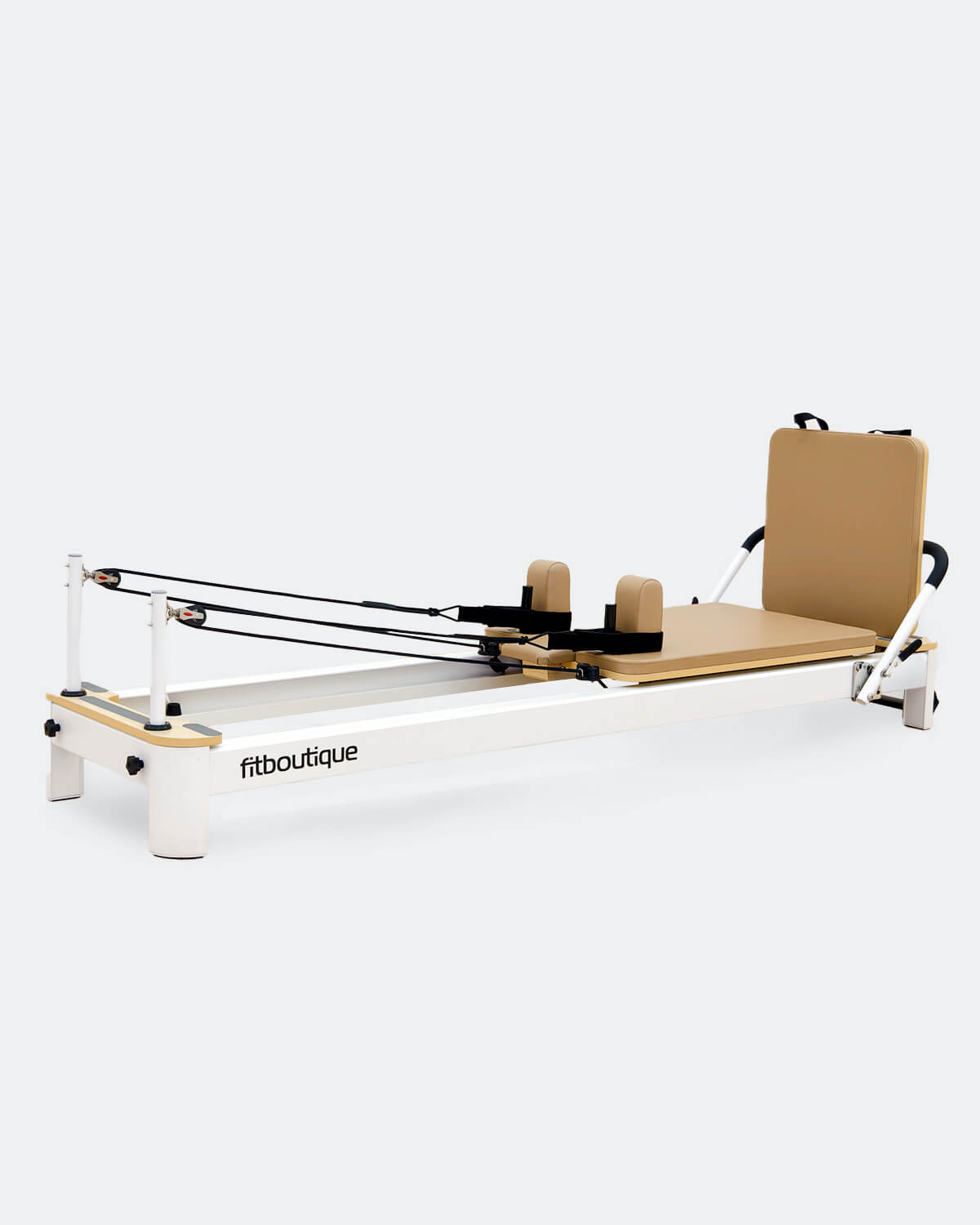
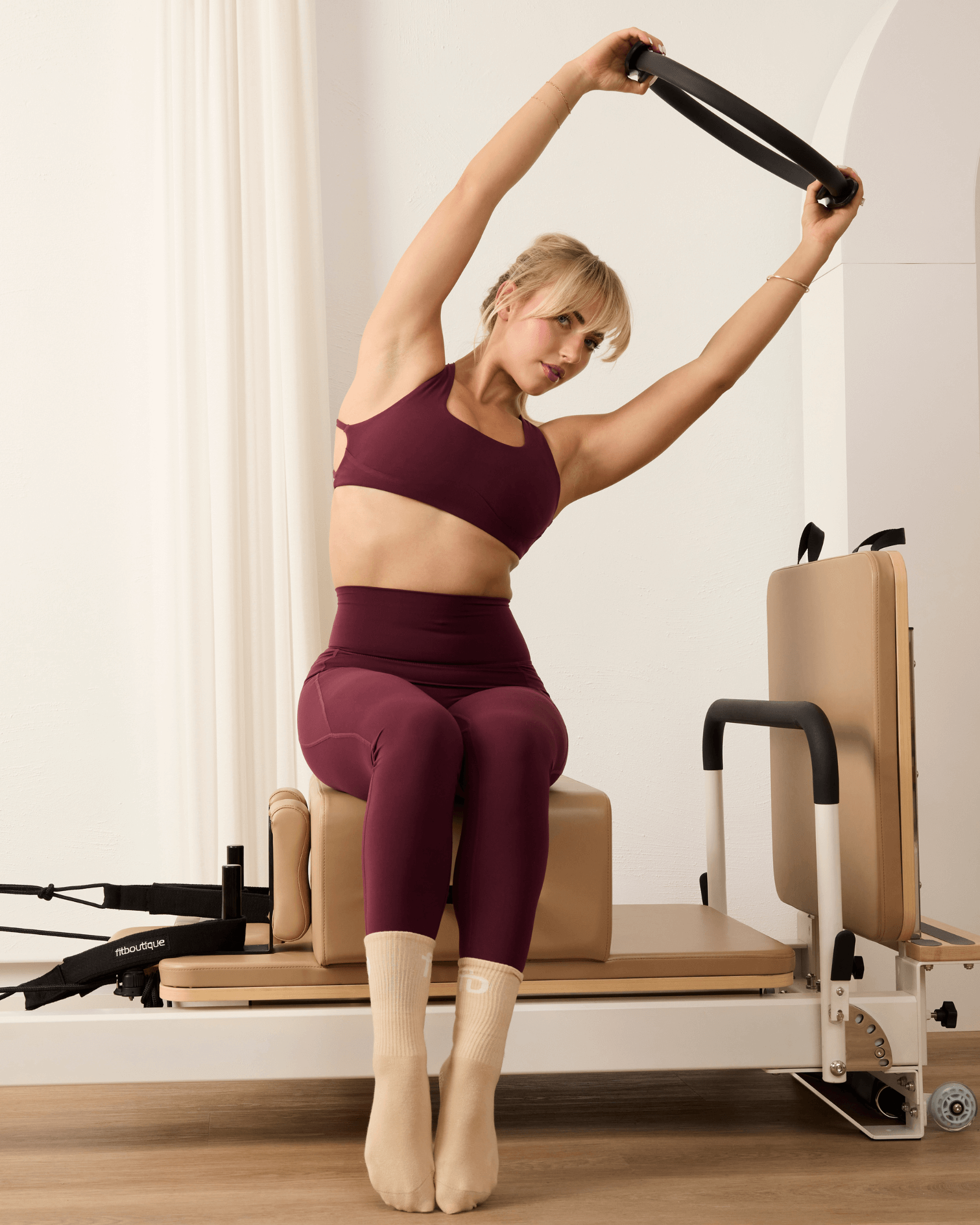
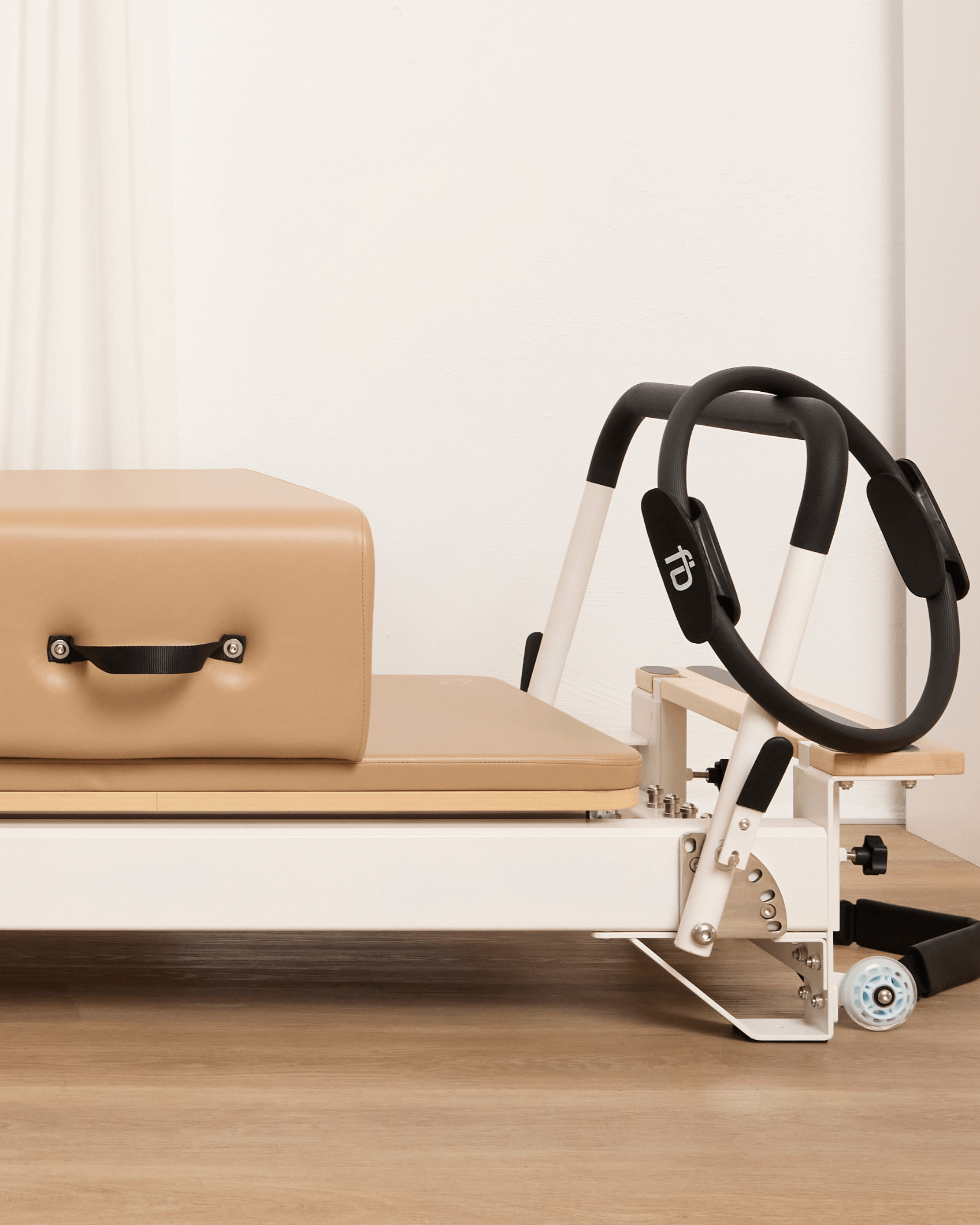
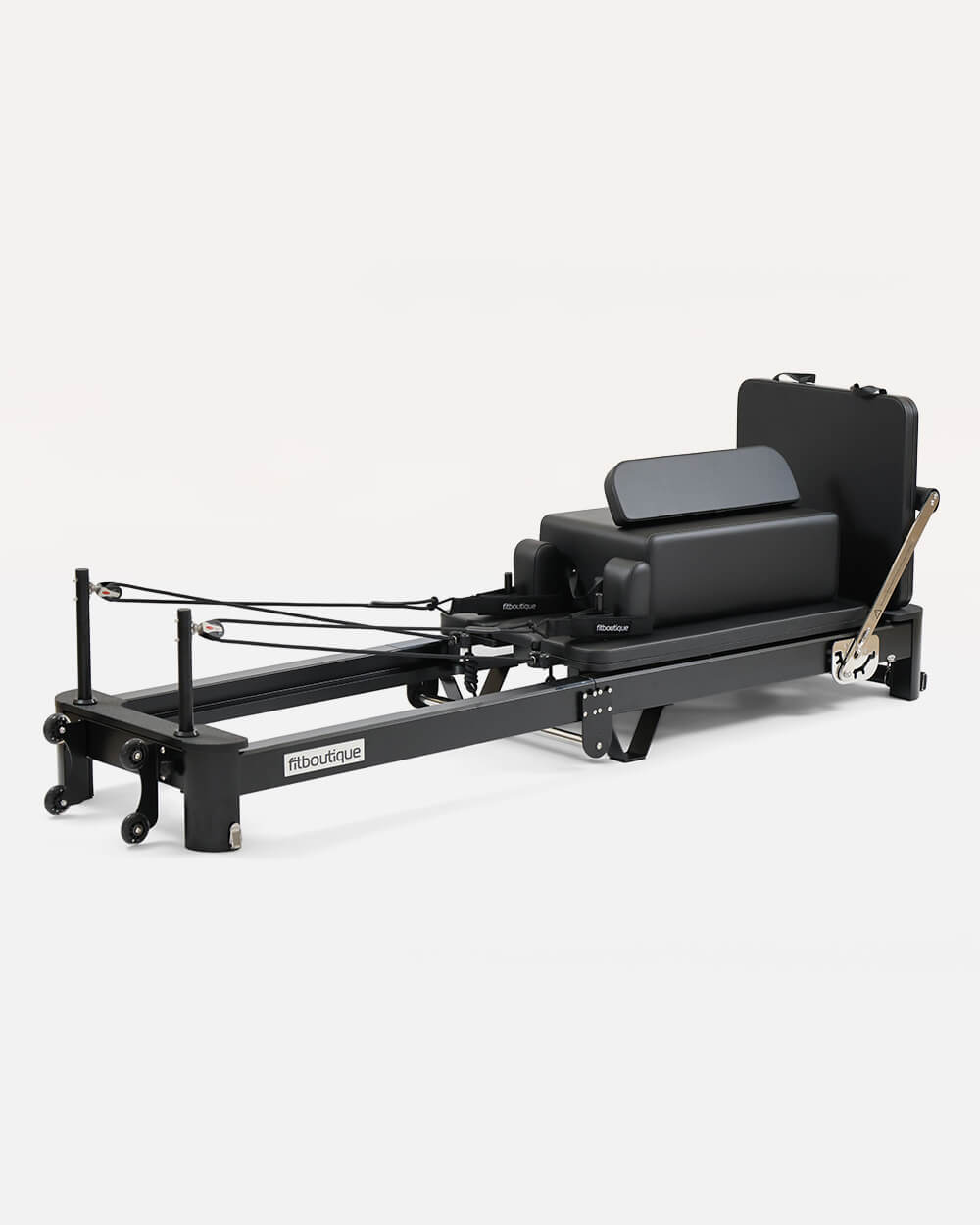


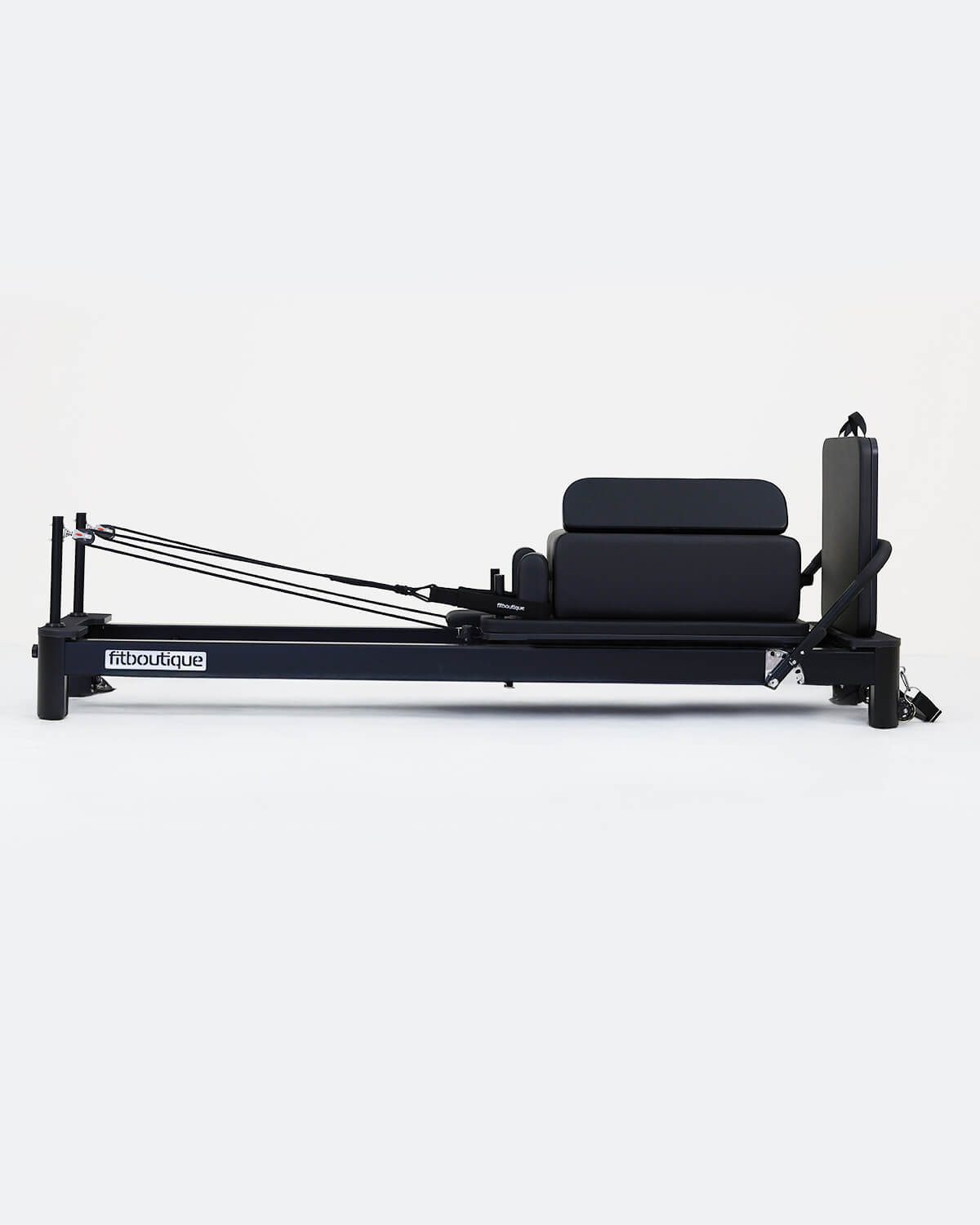
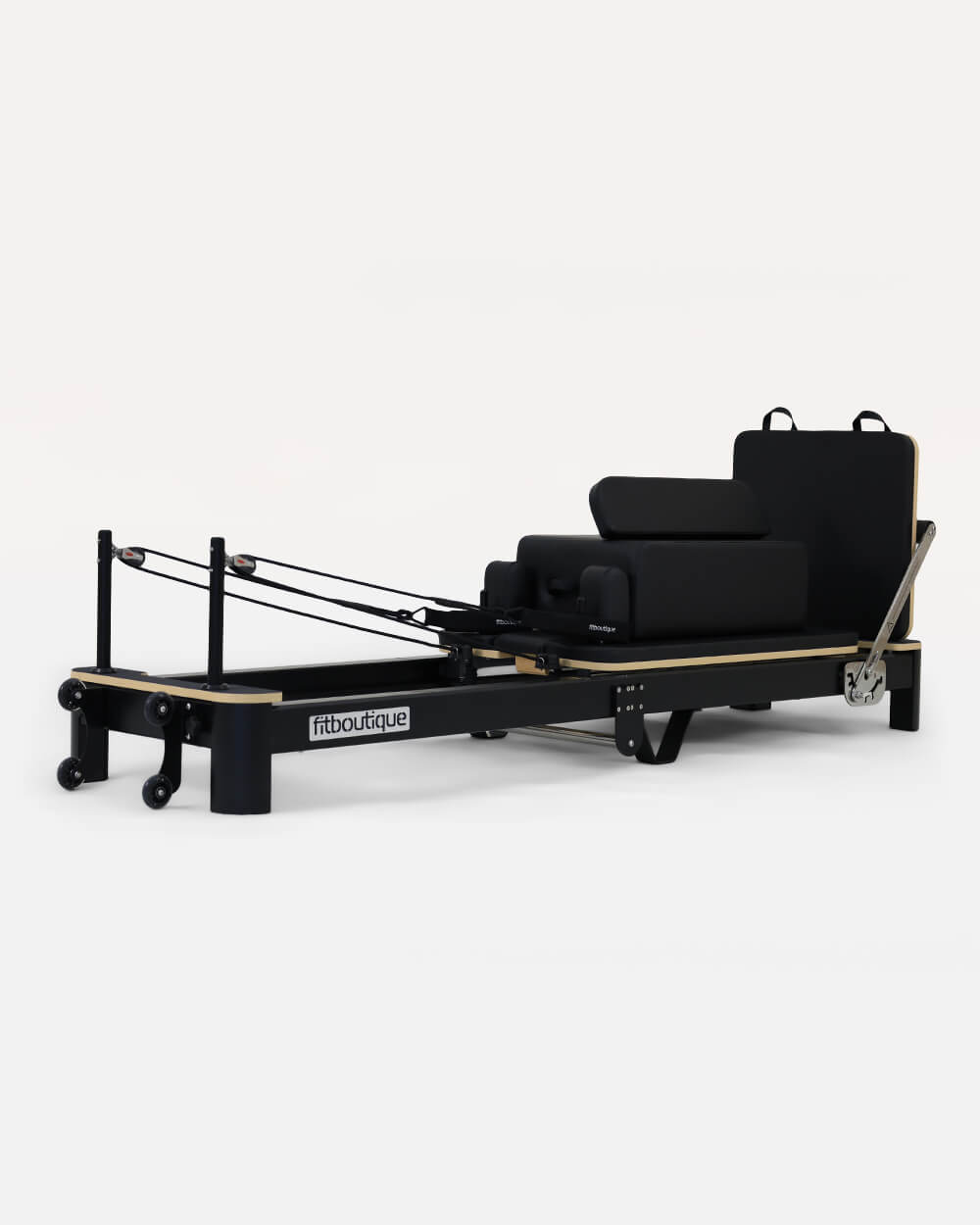
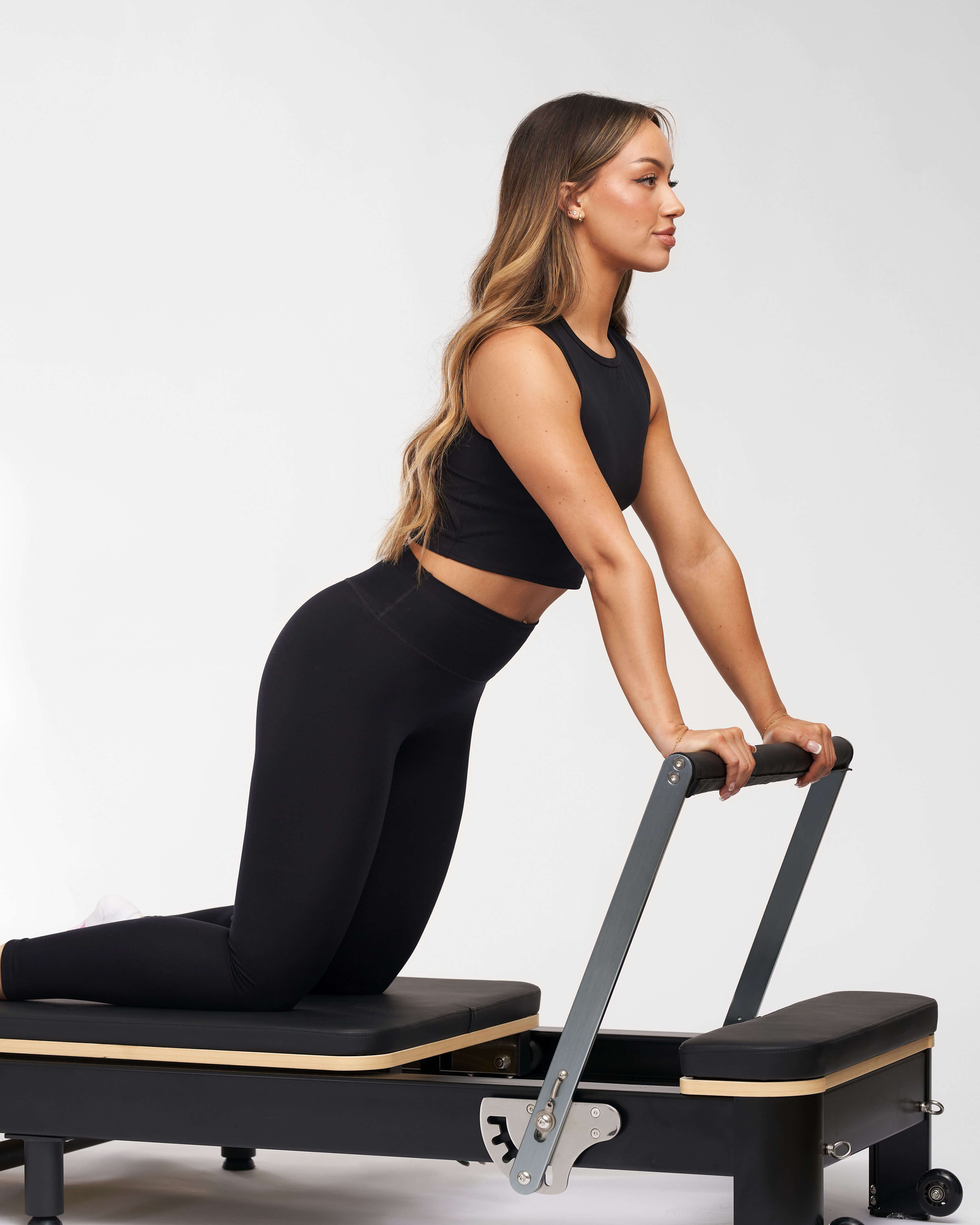
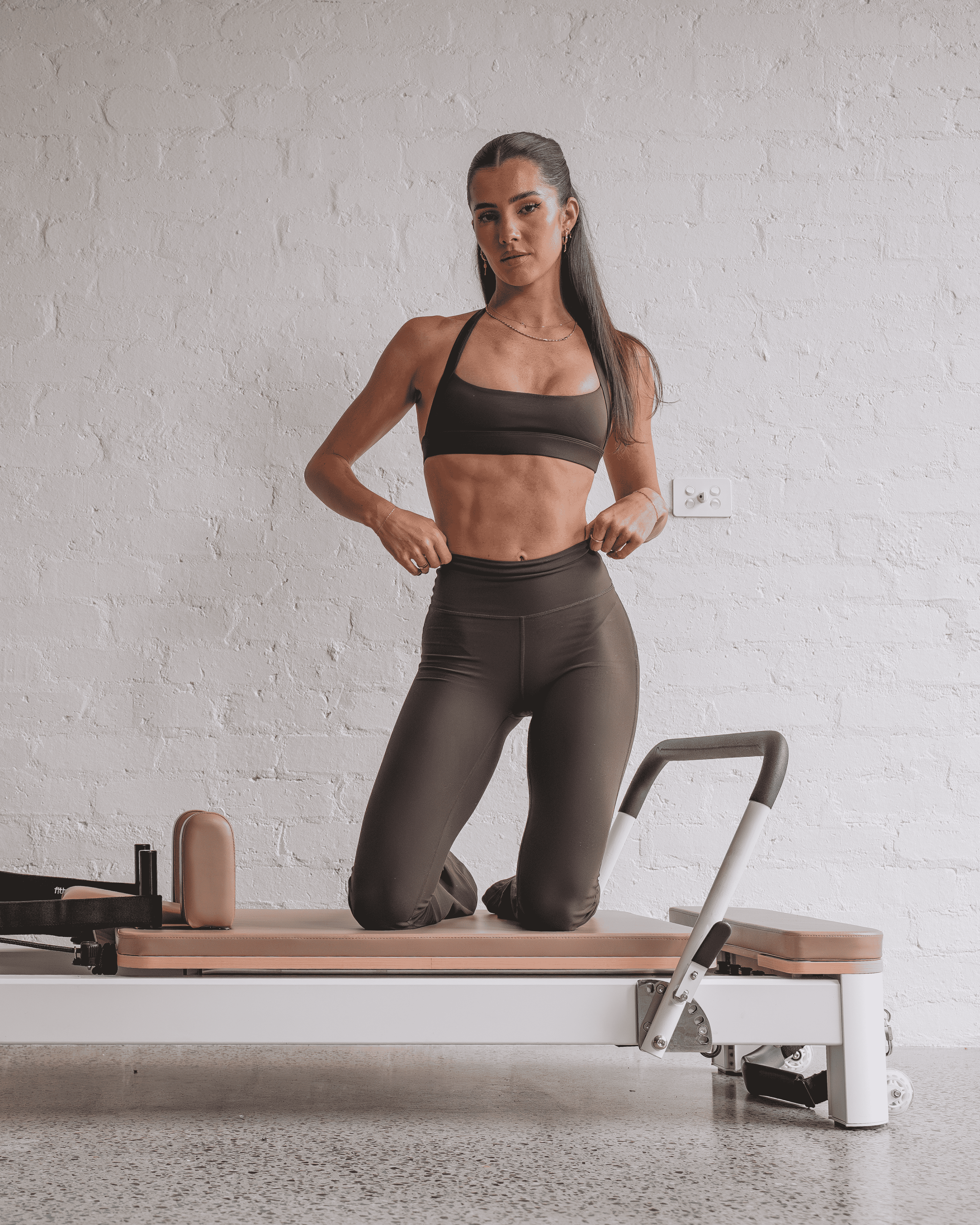
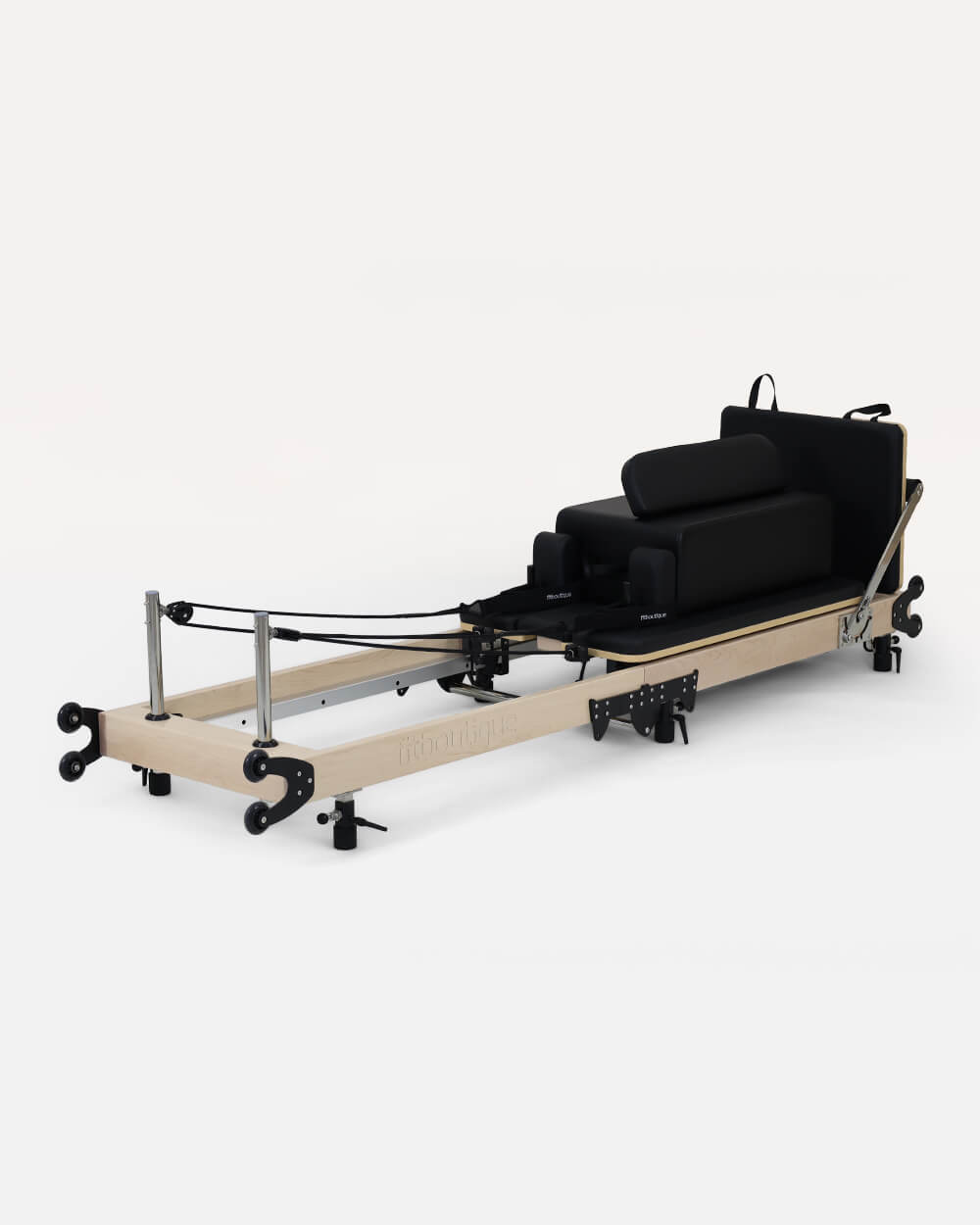
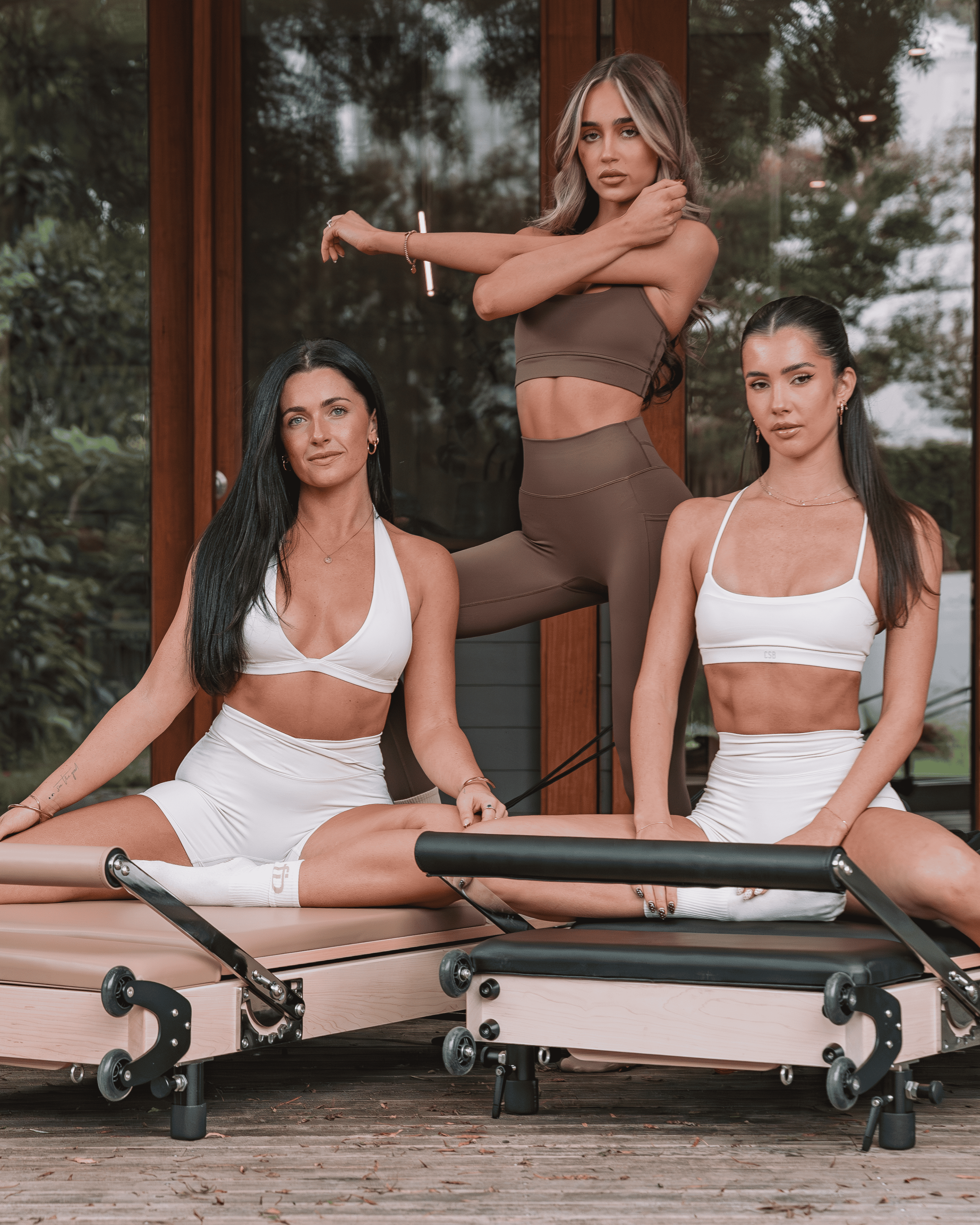
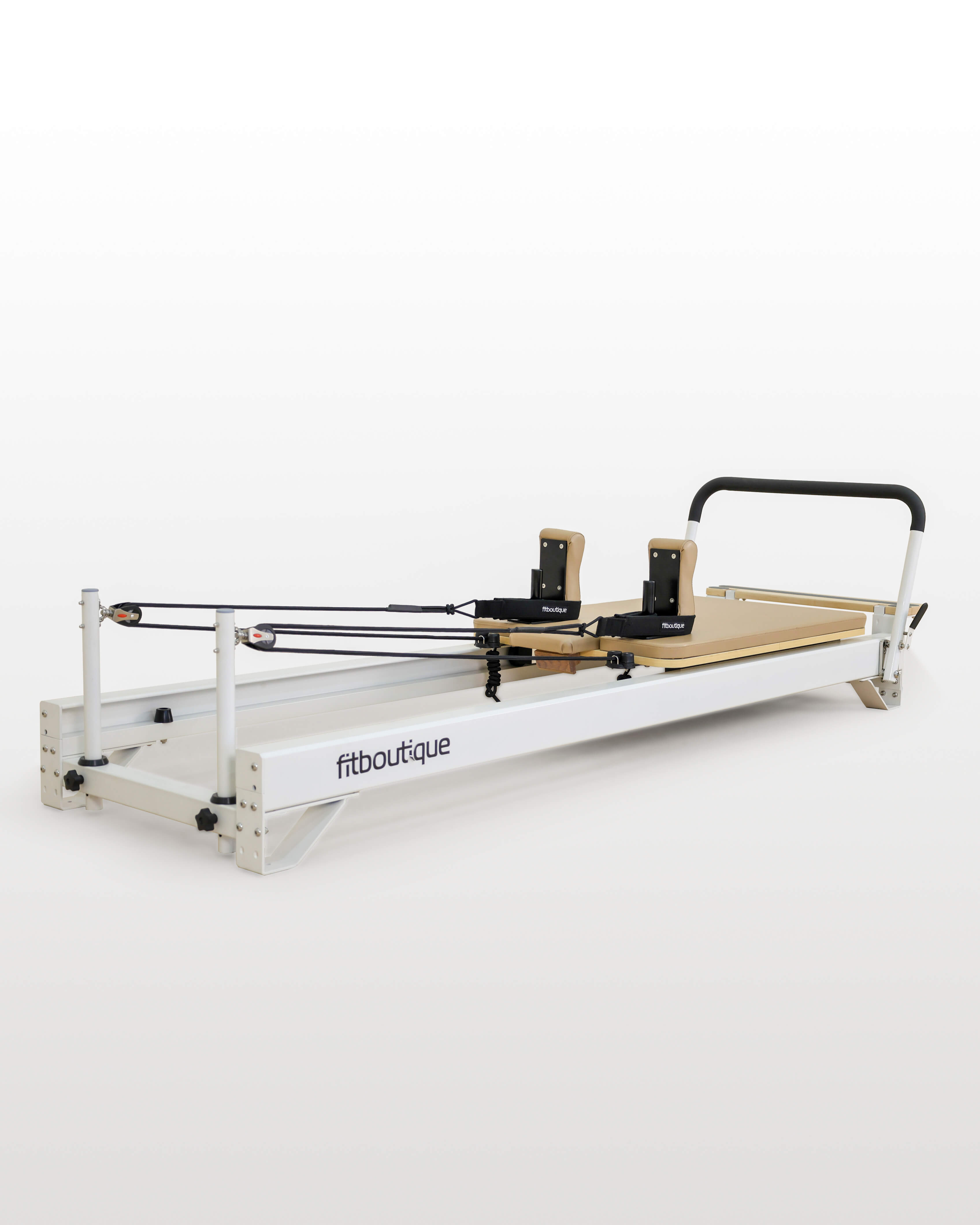
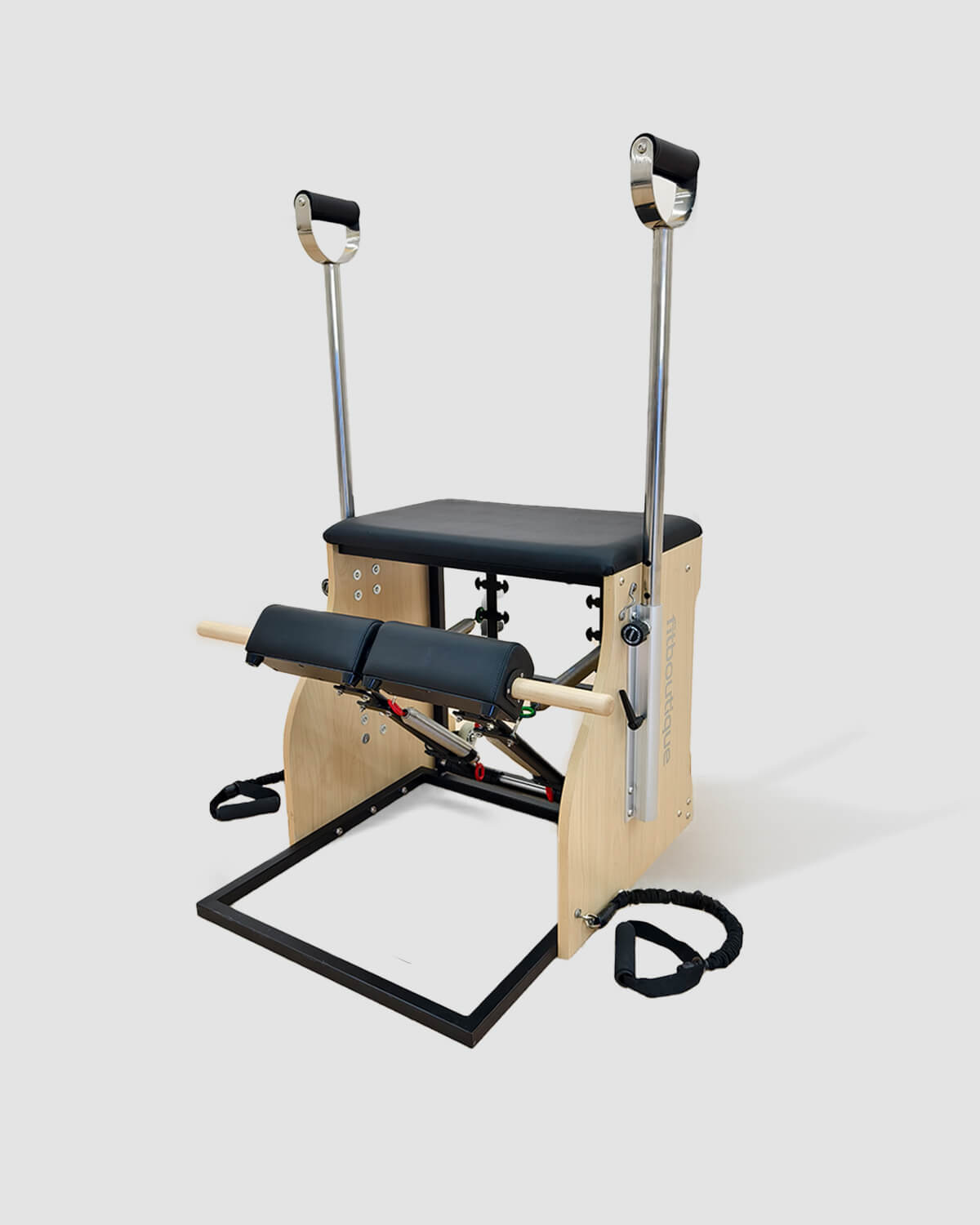
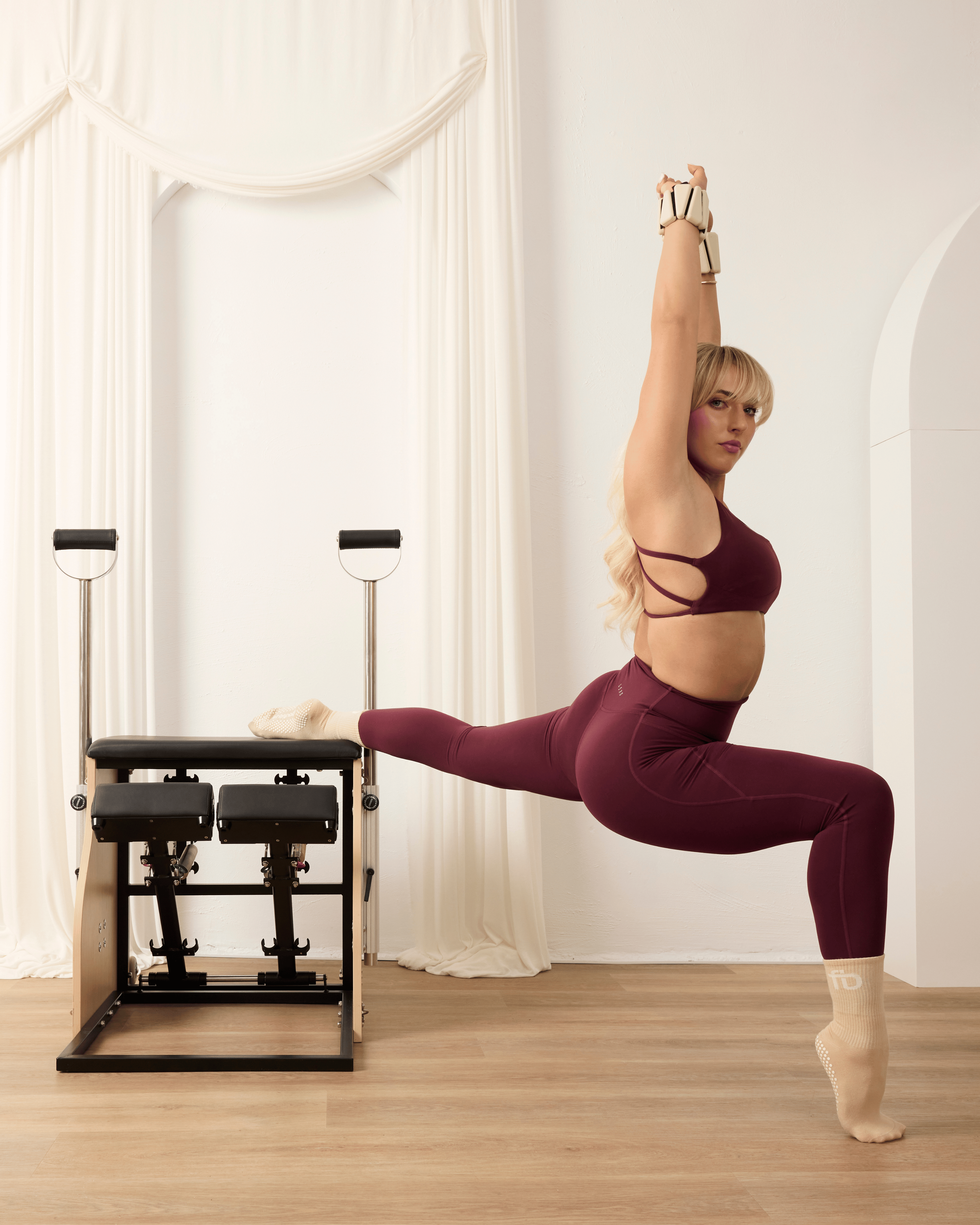
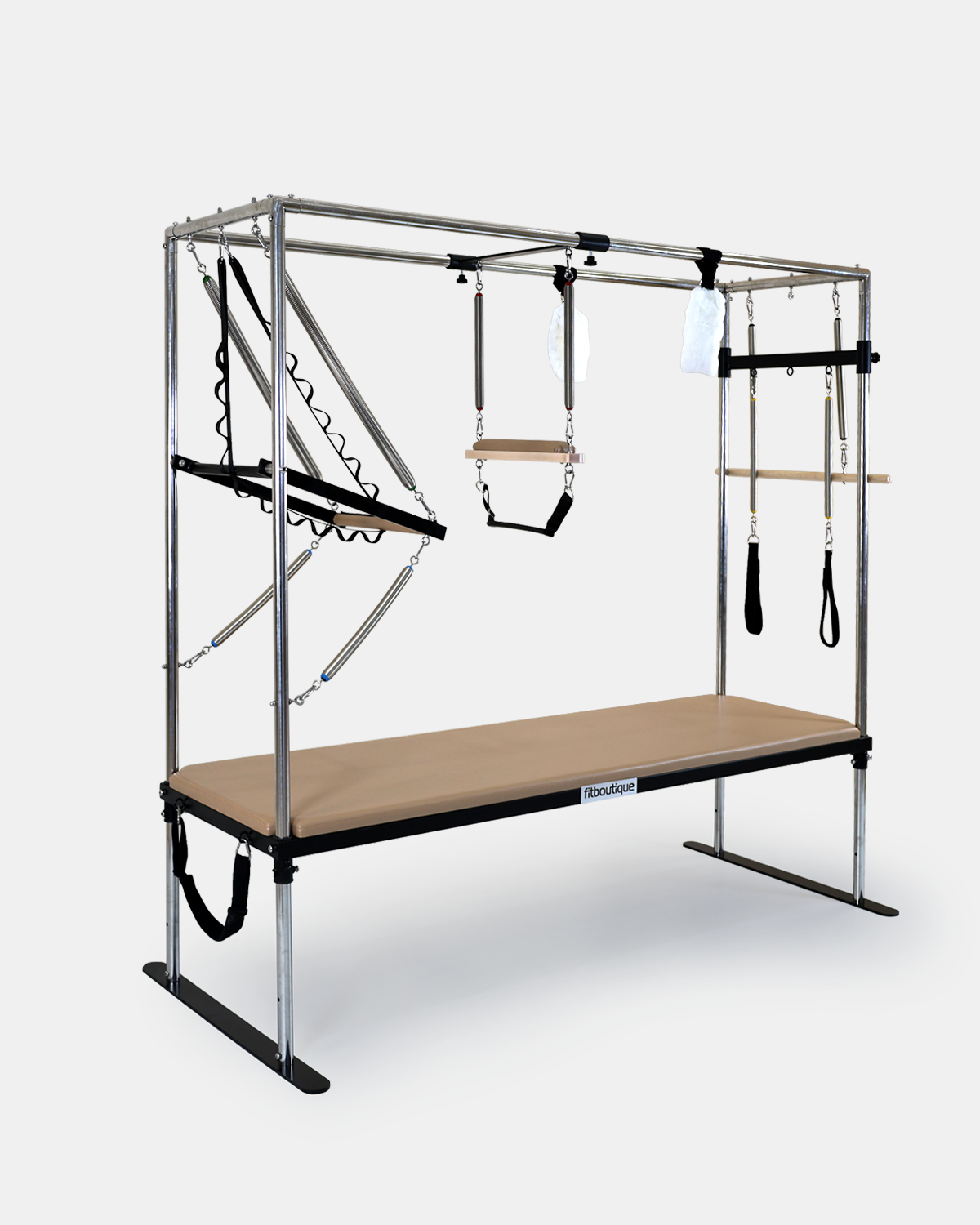
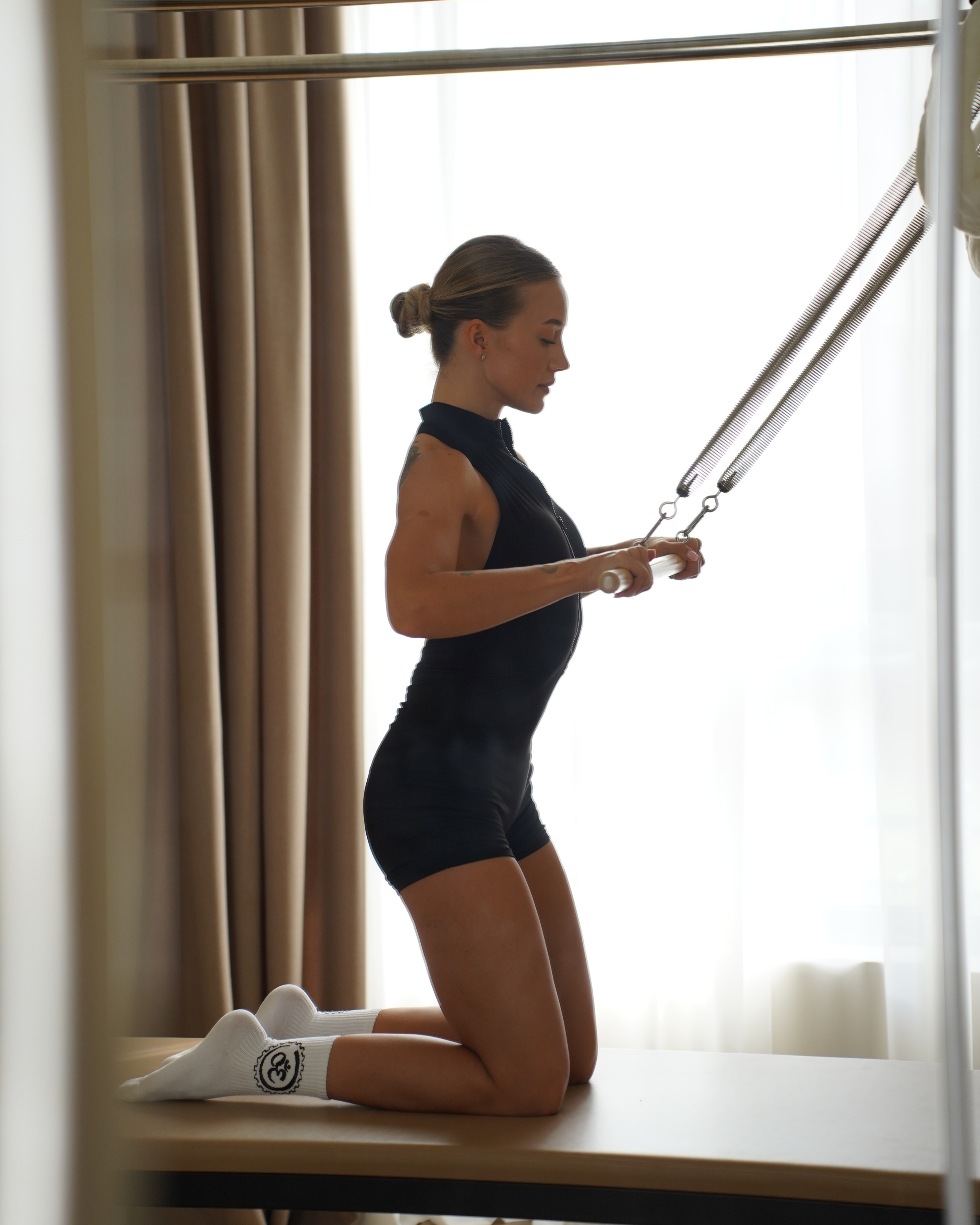


Leave a comment